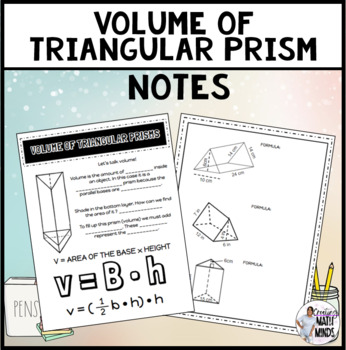

Want even more fun math mazes like the one above sent to your inbox each month, for free? It takes just a moment to join the exclusive Maze of the Month Club and get your own free math maze sent automatically to you each month.

This ability to quickly see what students, and what they’re not, allows me to give students quick feedback before they’ve done all the problems wrong and gotten all that bad practice. Or, students can quickly check their work by seeing the completed path. I can look at the path and instantly give students feedback on their progress. One thing I like about mazes is that it makes it easy to visually check how students are doing. On the third maze students are given the volume and need to find either the height or width of a missing side. In the first two mazes students find the volume of the prism. To complete each of them, students solve 12-15 prism problems to reach the finish line. This Volume of Prisms Maze actually contains three mazes. I use mazes every day for bell work, and heaven forbid I ever try to leave something else for students to start class with. Students get to the practice they need solving problems, and they get the satisfaction of working towards the finish line of a maze. Math mazes are a great twist on the traditional worksheet. Also, it gives them some of the background they need to remember it over the long term. This discovery activity really gets students thinking. And keep in mind that the group of students I originally did this with struggle with math. I can’t explain how awesome it was to see the wheels turning inside their brains. Then they tried to find more efficient ways. Each group came up with their own unique strategy to answer this question.Īt first some students tried to count every cube. At first they weren’t sure what to do, and then it was so cool to watch them come up with strategies. Students are given a rectangular prism that’s made of cubes and they have to figure out how many cubic units it is without taking it apart and counting the cubes. It encourages them to make meaning and works best before the formal instruction, or notes. To do this volume of rectangular prisms discovery lab, all you need are some type of little cubes for the students to work with. Let’s look at these activities and get our students rocking the volume of pyramids and prisms! Discovery LabĪ discovery lab provides students an opportunity to really see what they’re trying to solve. You’ll find some great resources for your initial teaching, and others for reviewing later in the year. Some of them work best with small groups, and others are for the whole class. This list of activities includes a variety of activity types. Let’s look at some fun activities that engage students while learning about the volume of prisms and pyramids. Okay, enough of the lecture- these are just the lessons I keep learning over and over with my students, so I’d love to save someone else some of the heartache that comes when students do well on their post-test, but have no idea what you’re talking about just a few weeks later. So, activities must build their conceptual understanding, not just memorize formulas for the test.

They need the underlying understanding to understand and hang on to those formulas. Show them examples of prisms, like this one, and have them talk about it with a partner.Īlso, we can’t just rely on students moving a whole bunch of formulas from their notes into their long term memory. For example, why is the volume of a triangular prism half of a rectangular prism? Give them a chance to answer this and similar questions multiple times. You’ll see a lot of activities presented in this blog post, but it’s always important that throughout the learning that students keep discussing the “why”. In this post I’ll explain more about the discovery activity I use for this topic, and twelve more engaging activities to help students really get a solid foundation with finding the volume of pyramids and prisms. A lot of students don’t come into our class with enough background knowledge, and leading them through the discovery process works great as way to build that background. One of the best ways to build their foundation is through a discovery activity. Each year I have probably tried something a little different though. I like to make sure that students have a pretty good understanding of volume before we move on to surface area. I feel like they get the two confused and they need to really understand what each entails. Volume and surface area are some of the most difficult concepts for my students to understand in 7th grade.


 0 kommentar(er)
0 kommentar(er)
